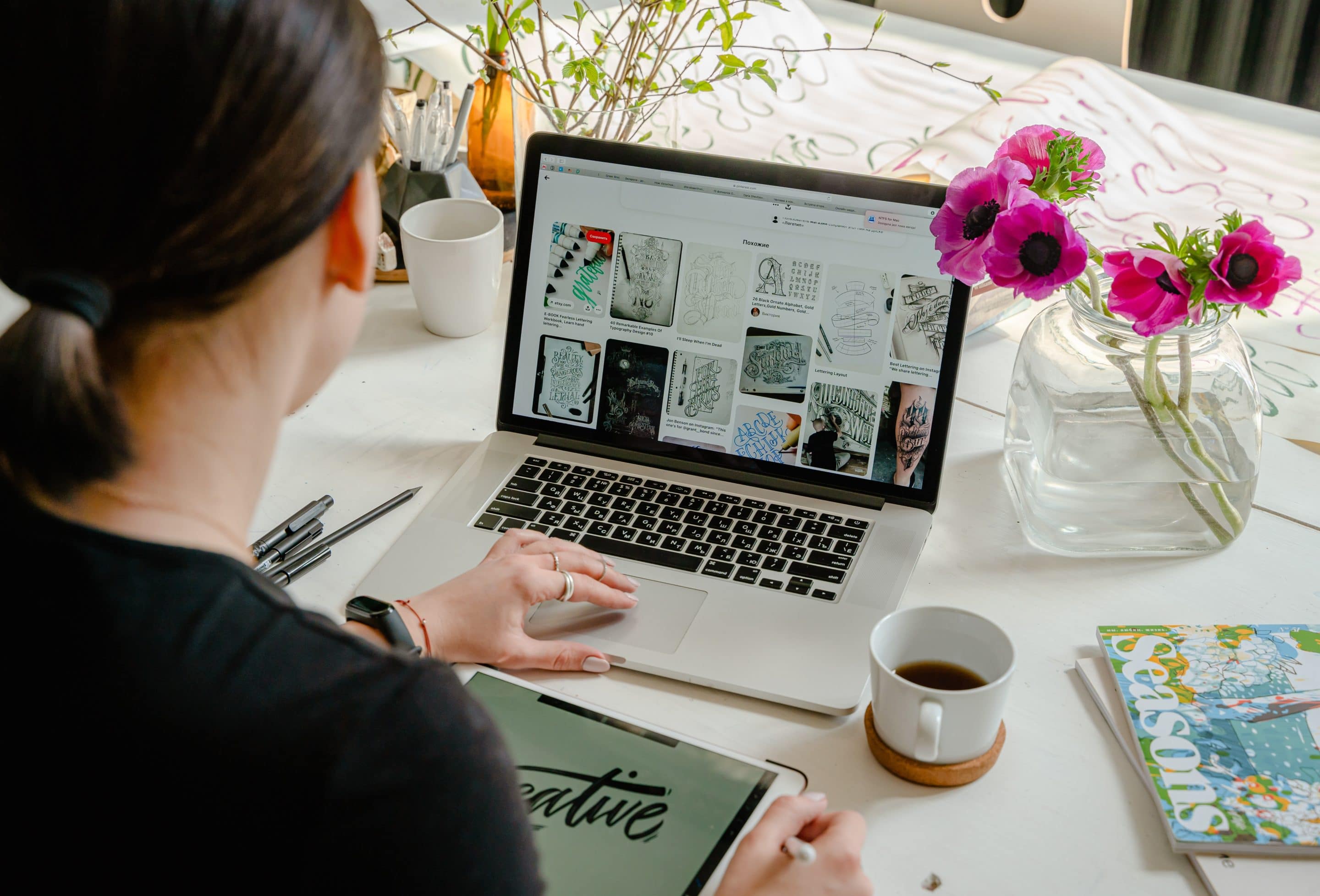Starting a freelance design business can be a daunting task, but with the right mindset and a solid plan, it can also be a fulfilling and lucrative career path. Whether you are a seasoned designer looking to branch out on your own or a beginner looking to break into the industry, there are several steps you can take to set yourself up for success. Here are some tips on how to start a freelance design business:
Define your niche and target market.
Before you even start thinking about branding or marketing, it’s important to have a clear understanding of the type of design work you want to offer and the clients you want to work with. Consider what you enjoy doing and what you are good at, and focus on a niche within the design industry that aligns with those interests and skills.
For example, if you are passionate about branding and marketing, you might want to focus on creating logos, website designs, and social media graphics for small businesses. Or if you have a background in illustration, you might want to specialize in creating illustrations for children’s books or editorial pieces.
Once you’ve identified your niche, think about the types of clients you want to work with. Consider factors such as their size, location, and industry, as well as their budget and design needs. This will help you target your marketing efforts and position yourself as an expert in your field.
Build a strong portfolio
Your portfolio is essentially your resume as a designer, so it’s important to put your best work forward. Consider creating a website or online platform to showcase your work, as this will make it easy for potential clients to view your portfolio and learn more about your style and capabilities.
Include a mix of completed projects and work-in-progress pieces, as this will show your design process and thought process. Also, be sure to include a brief description of each project, including your role in the project and any challenges or successes you encountered.
While you may not have a lot of professional experience when you first start out, it’s okay to include personal projects or class assignments in your portfolio. Just be sure to clearly label them as such and explain what you learned or gained from the experience.
Establish your brand identity.
Your brand identity is what sets you apart from other designers and helps potential clients understand what you stand for and what they can expect from working with you. Consider creating a brand style guide that includes your logo, color palette, typography, and imagery.
Your brand style guide should reflect your unique personality and design aesthetic, and should be consistent across all of your marketing materials and social media platforms. This includes your website, business cards, email signature, and any other materials you use to communicate with clients.
Determine your pricing and business model.
One of the biggest challenges for freelance designers is determining how much to charge for their services. There are several factors to consider when setting your prices, including your level of experience, the complexity of the project, and the value you bring to your clients.
One common pricing model for freelance designers is hourly billing, where you charge a set rate per hour of work. Another option is project-based billing, where you charge a flat fee for a specific project.
Regardless of the pricing model you choose, it’s important to be transparent with your clients about your rates and what they can expect to receive for their investment. This can help avoid any misunderstandings or frustrations down the road.
Success comes with determination and hard work.
Starting a freelance design business can be challenging, but with determination and hard work, it can also be incredibly rewarding. By following these steps and continuing to learn and grow, you can build a successful and fulfilling career as a freelancer.
For details on building a successful freelance design business for yourself, check out the Freelance Business Blueprint.


